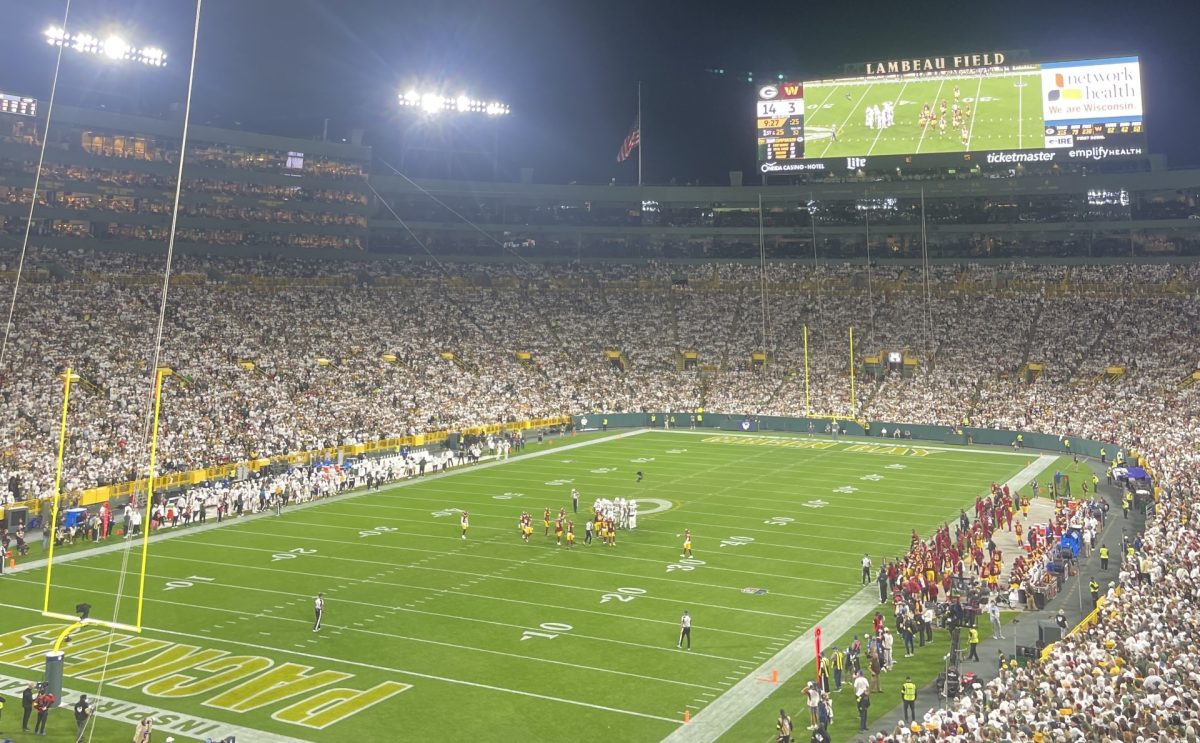The obvious question when anyone hears the term budget stabilization funds is what are they? If you are in finance, accounting, political science, public administration or any field that discusses budget stabilization funds, this is an easy question to answer. Just like in our personal finances, it is recommended to have a savings account to use in the event of an emergency, or long-term planning for work, pay for college. States also have savings accounts to deal with an unexpected things that occur. A budget stabilization fund commonly known as a rainy day fund is a states reserve account to use as a supplement for unexpected decline in state revenues or economic downturns that may lead to budget deficits in any given year. According to the Wisconsin Legislative Fiscal Bureau, there are 46 states with a budget stabilization fund. Each state is unique in how monies are deposited and withdrawn based on legislative or constitutional statutes. They are also created through constitutional or legislative approval, according to the National Conference of State Legislatures. There are multiple ways and reasons why deposits are made into the fund: Budget surplus; yearly annual percentages of the general fund revenues; or continuing appropriations into the fund until the statutory or legislative number is reached. For taxpayers, it should be relieving to hear, knowing that states show fiscal discipline and our elected or appointed officials are actually being fiscal stewards of the publics money. Some states actually have a guardian such as the legislature which gives approval to withdraw funds from the stabilization fund and requires supermajority in most Legislatures (three-fifths, two-thirds or three-fourths) according to the National Conference of State Legislatures. Some states also require any withdrawals to be repaid just like a loan and capping the budget stabilization fund. Wisconsin is one of the states that has a rainy day fund. The first fund of this nature was introduced and enacted in 1977 to finance existing or newly enacted programs which would receive no or partial funding during the 1977-79 biennium or which would require significantly increased funding during the 1979-81 biennium. Unfortunately the fund was repealed in 1979, according to the Legislative Reference Bureau. In 1985 the fund returned to be used as assistance to address budget shortfalls from the recession in the early 1980s and remains to this day as the states savings account. When Wisconsin has a surplus, 50 percent of the surplus is deposited into the fund and is capped at 5 percent, according to the National Conference of State Legislatures. It will be hard to believe the United States will never see another economic downturn or states will not collect enough revenues to meets expenses which may result in budget deficits. When the economy is down, the states are the ones to suffer the greatest negative consequences. If the 2007 Great Recession was not an indication of how a state can see large revenues to large deficits and how those savings accounts (if a state had one) help cushion the blow for a short period of time then I do not know what it can be compared to. Students need to pay attention to this because it is important to understand how states are able to recover from budgetary issues when the economy is not at its best or a state suffers a budget crisis.
Categories:
Budget stabilization funds are important for Wisconsin
May 6, 2015
0







